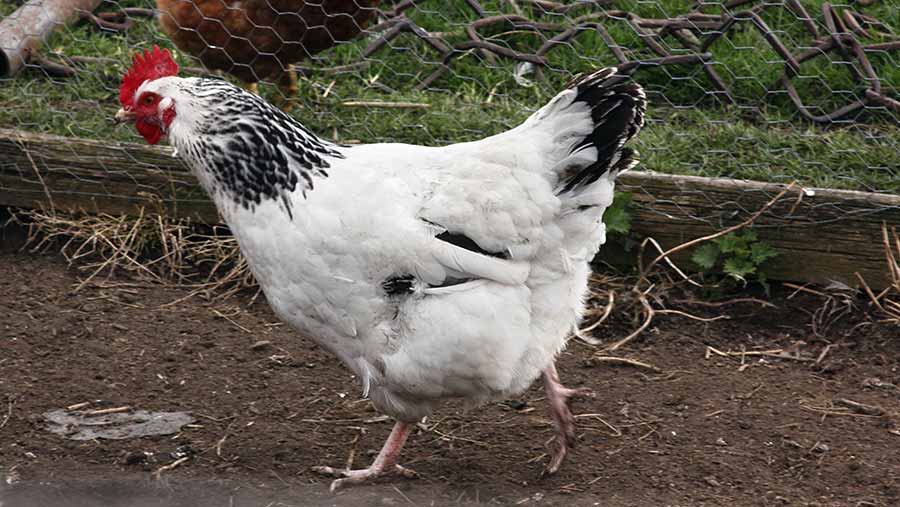Chickens’ walking patterns may help predict disease
 ©Food and Drink/Rex Shutterstock
©Food and Drink/Rex Shutterstock Mathematical modelling has the potential to help farmers understand how to protect their flocks from disease, through studying the walking patterns of their birds.
A grid model, developed by Arni Srinivasa Rao at Georgia Regents University, USA, shows the paths chickens take to find food and water.
By plotting the patterns and multiplying them by the number of chickens in the pen, the model helps clarify how many ways or times the chickens cross each other’s paths, and the likelihood of disease spread that results from this.
See also: Key facts about coccidiosis
Dr Rao has been working with Fiona Tomley at the Royal Veterinary College, and has been studying chicken pens in both England and India.
He noted how often the chickens eat and drink, how much time they spend moving and resting, as well as the paths they follow, looking for distinct patterns that increase the risk of infection.
Birds tend to have distinct walking patterns, he says, with some generally walking diagonally across the pen or constantly criss-crossing it, while others tended to be more sedentary, roosting near food and water supplies.
Unsurprisingly, he found plenty of opportunity for non-airborne pathogen spread. Chickens often walk through their own faeces and/or that of other birds.
They can get faeces on their beaks when they peck the ground, then spread it to the water when they take a drink.
“We want to know whether we can predict the infectivity level of a particular pen from how the birds are moving.”
When chickens fall out of their usual patterns, that could be an indicator of disease, he added.
The next step involves taking the chicken walk model back to the pen to test whether it is an accurate predictor of one particular infection that, according to the Roslin Institute, costs the UK poultry industry in excess of £800m/year.
Eimeria is a pathogen that is easily and rapidly spread, attacking the lining of the intestines, causing chronic diarrhoea, weakness and weight loss in roughly 3% of chickens.
Dr Rao wants to help farmers minimise the losses. By giving them a mathematical heads-up that a pen is at high risk, sick birds can be culled and others potentially treated.
Dr Rao’s work is published in Mathematical Methods in the Applied Sciences.
